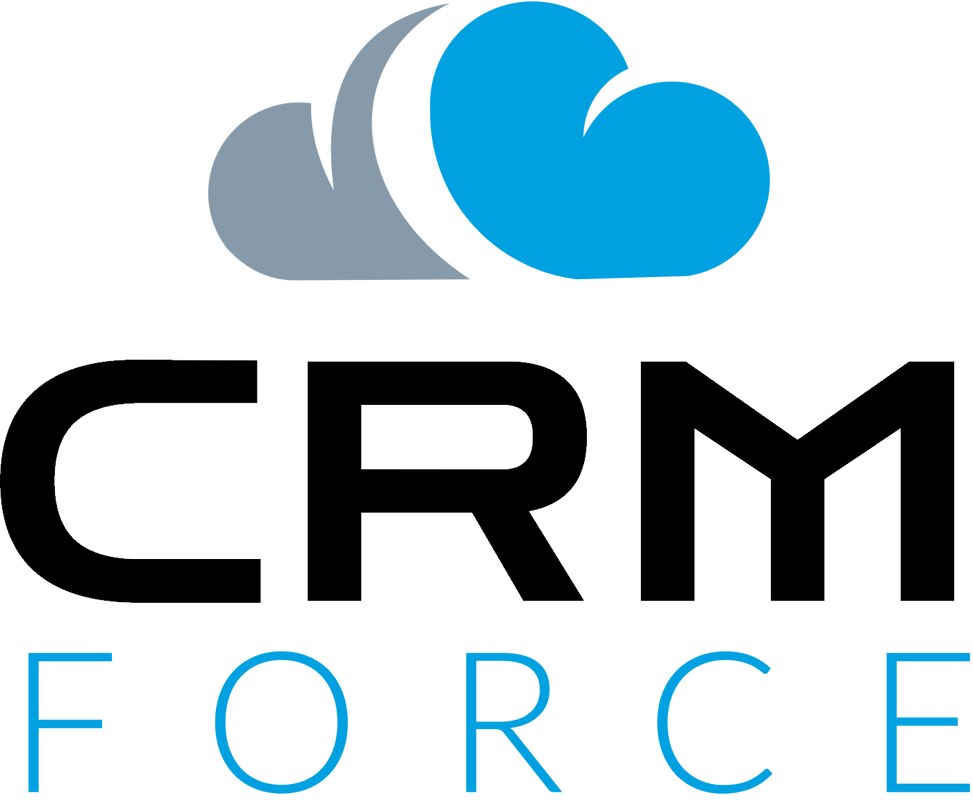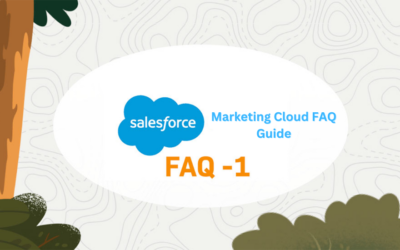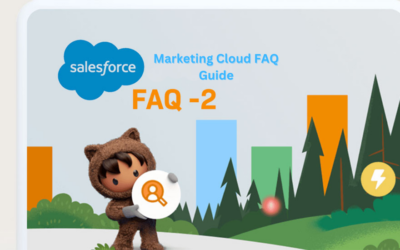Change is inevitable in the business world, and it often represents growth, innovation, and progress. However, implementing change within an organization can be met with resistance from employees and stakeholders. Business leaders must navigate this resistance skillfully to ensure the successful adoption of new strategies, technologies, or processes. In this article, we will explore the various reasons behind resistance to change and provide actionable strategies that business leaders can use to overcome these obstacles.
Understanding Resistance to Change
Resistance to change is a natural human reaction rooted in our preference for stability and routine. It can manifest in different ways, such as employee pushback, decreased productivity, or a general reluctance to embrace new initiatives. Before diving into strategies to overcome resistance, it’s crucial to understand the underlying reasons:
1. Fear of the Unknown
Change often brings uncertainty. Employees may worry about job security or their ability to adapt to new technologies. They might be anxious about their roles becoming redundant due to automation.
2. Lack of Understanding:
People tend to be comfortable with routines and processes they are familiar with. Any disruption, even if it promises improvement, can be met with resistance simply because it disrupts the status quo.
3. Comfort Zones:
People tend to stay in their comfort zones, and change disrupts these zones. It can lead to discomfort, stress, and resistance to leaving the familiar.
Strategies for Overcome Resistance
1. Effective Communication:
One of the most critical aspects of overcoming resistance to change is effective communication. Business leaders should clearly and consistently communicate the reasons behind the change, its benefits, and the expected impact on employees and the organization as a whole. Use multiple channels such as emails, meetings, and workshops to ensure the message is understood.
2. Involve Employees from the Start:
Involve employees in the decision-making process when feasible. Solicit their input, listen to their concerns, and incorporate their feedback into the change plan. This empowers employees and makes them feel valued.
3. Provide Training and Support:
Ensure that employees have the necessary training and resources to adapt to the change. Offering training programs and support can boost confidence and reduce resistance. Consider assigning mentors or champions to help guide others through the transition.
4. Highlight Short-Term Wins:
Break the change process into smaller, manageable milestones and celebrate the achievement of these milestones. This provides a sense of progress and reinforces the benefits of the change.
5. Lead by Example:
Business leaders must set an example by embracing the change themselves. When leaders demonstrate their commitment to the new direction, it sends a powerful message to the entire organization.
6. Address Concerns Respectfully:
When employees express concerns or resistance, listen actively and address their issues respectfully. Avoid dismissing their feelings and work collaboratively to find solutions.
7. Create a Change-Friendly Culture:
Foster a culture of continuous improvement and adaptability within the organization. Encourage employees to suggest and implement changes, reinforcing that change is a normal part of the business.
8. Monitor Progress and Adjust:
Continuously monitor the progress of the change initiative. Be prepared to adjust the strategy if necessary. Flexibility is crucial when dealing with resistance.
9. Celebrate Success Stories:
Share success stories and positive outcomes resulting from the change. These stories can inspire and motivate others to embrace the change.
10. Provide Incentives:
Incentives, such as recognition, bonuses, or promotions, can motivate employees to adapt to the change. Linking rewards to successful transition can help mitigate resistance.
Conclusion
Overcoming resistance to change is a complex but essential task for business leaders. By understanding the reasons behind resistance and implementing effective strategies, leaders can pave the way for a smoother transition. Change can drive innovation, improve efficiency, and keep organizations competitive in today’s dynamic business landscape.
In the modern digital age, tools like Salesforce Marketing Cloud play a pivotal role in helping businesses adapt to change. A Marketing Cloud Administrator can leverage this technology to streamline marketing efforts, improve customer engagement, and stay ahead of the competition. However, the successful adoption of such tools also requires effective change management strategies, as discussed in this article. By combining technological advancements with adept change management, businesses can thrive in an ever-evolving market.





